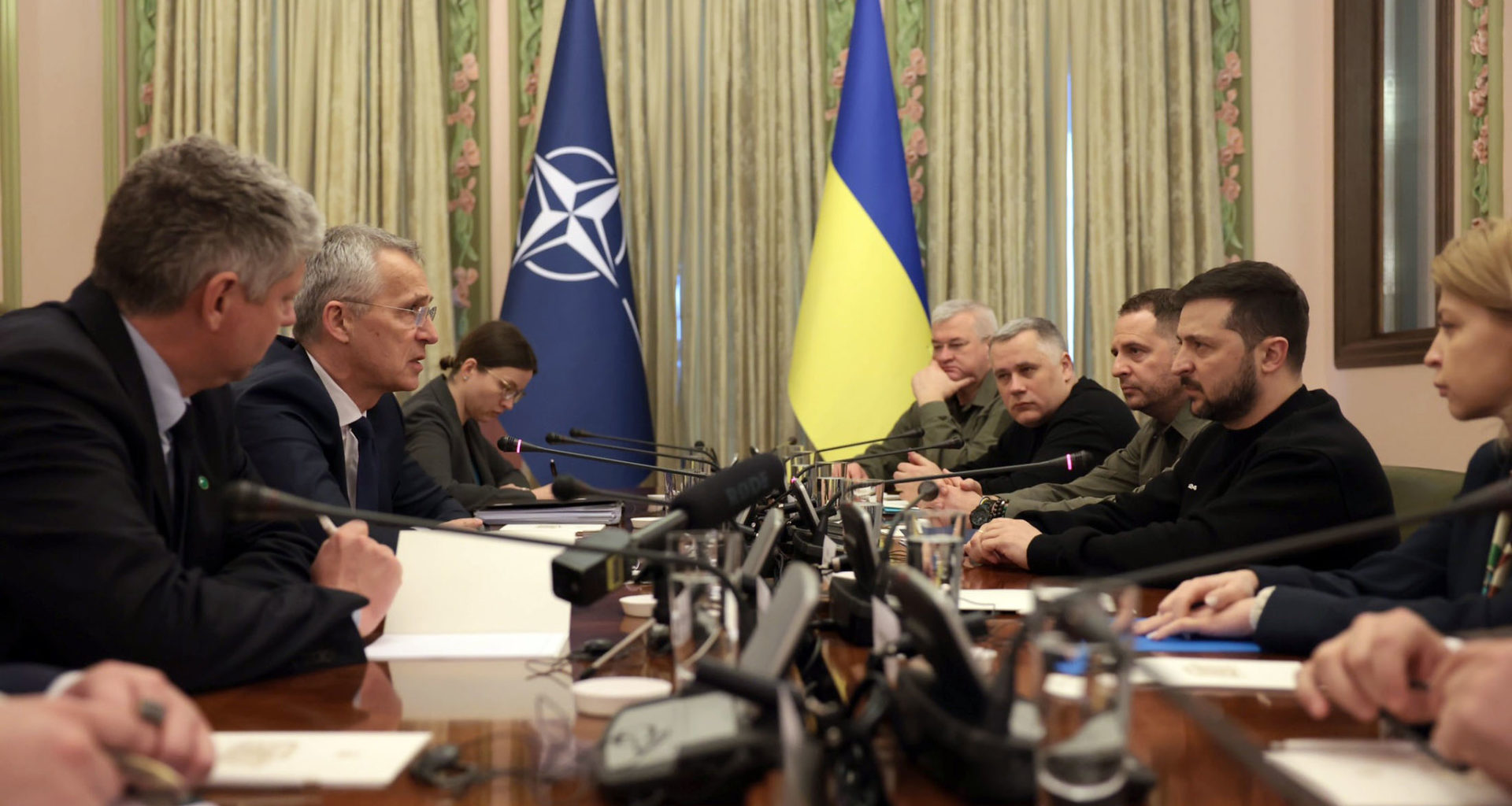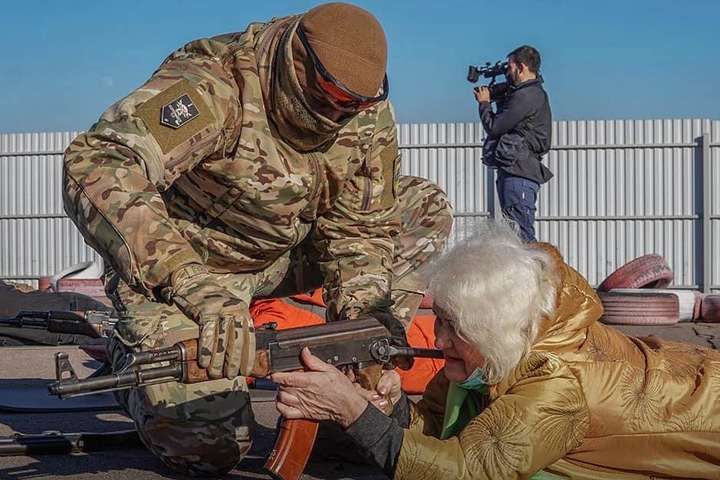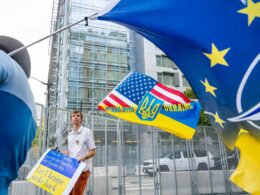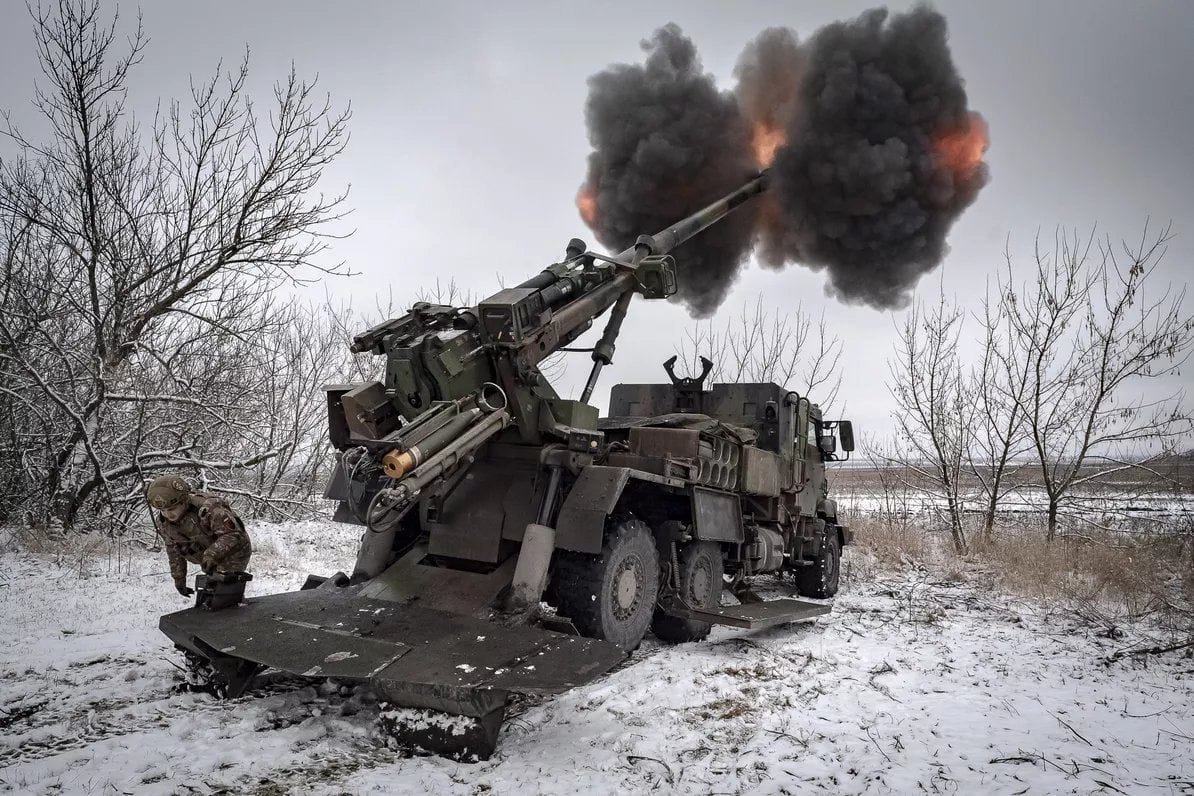At the signing ceremony of the North Atlantic Treaty on 4 April 1949, then-US President Harry Truman remarked that if this “simple document” had existed in 1914 and 1939, “it would have prevented the acts of aggression which led to two world wars.” The newly established alliance, he suggested, would ensure peace by deterring potential aggressors.
The success of this collective security strategy is reflected in the number of countries that have taken advantage of NATO’s open-door policy. Since 1949, the alliance has expanded from 12 to 32 members, with Finland and Sweden being the most recent additions. Now, member countries must commit to admitting Ukraine.
Bringing Ukraine into NATO is important for several reasons.
- For starters, any doubt about the alliance’s commitment to defend current or prospective members invites aggression. Russia is a case in point. The decision to shelve Ukraine and Georgia’s membership aspirations during the 2008 Bucharest summit led to Russia’s invasion of Georgia later that year. Similarly, turning a blind eye to Russia’s 2014 annexation of Crimea resulted in the full-scale invasion of Ukraine in 2022.
- Failing to defeat Russia in Ukraine would inevitably lead to more wars of aggression. But by admitting Ukraine, NATO could tip the balance decisively in its favor and dispel any doubt about the alliance’s future, ensuring a lasting peace.
- Moreover, appearing fearful of escalation or allowing its actions to be dictated by another power could push NATO into a death spiral. Giving in to threats would just lead to more threats and concessions. And if Ukraine falls, Estonia, Poland, Finland, or Taiwan will be next.
In 1946, the late American diplomat George Kennan summarized this strategic principle, explaining that while the Soviet Union was “impervious to the logic of reason,” it was “highly sensitive” to the “logic of force.” Whenever its aggression met strong resistance, it retreated.
Whenever the USSR's aggression met strong resistance, it retreated.
The following decades vindicated Kennan. When Western powers showed they were determined to protect West Germany and South Korea during the Cold War, the Soviet Union backed down. Conversely, when the West hesitated, the Soviets attacked.
While US President Dwight Eisenhower’s invocation of the United Nations Charter failed to deter the USSR from invading Hungary in 1956, his successor, John F. Kennedy, spared West Berlin from meeting the same fate. Similarly, the West’s lackluster response to the Soviet-led invasion of Czechoslovakia in 1968 was followed by the Soviet invasion of Afghanistan in 1979.
By refusing to set a clear timetable for Ukrainian accession, NATO is capitulating to Russia’s demands, signaling to President Vladimir Putin that his dream of restoring the Russian empire is feasible and thus making World War III all but inevitable.
Russia’s invasion of Ukraine exposed NATO’s vulnerabilities.
German Chancellor Olaf Scholz recently declared that Germany is willing to send 35,000 troops to defend “every square foot” of NATO territory. But that commitment, while significant, pales in significance when one considers that 500,000 Russian troops are currently fighting in Ukraine.
Moreover, the European defense industry has proven unable to supply Ukraine with sufficient weapons and equipment.
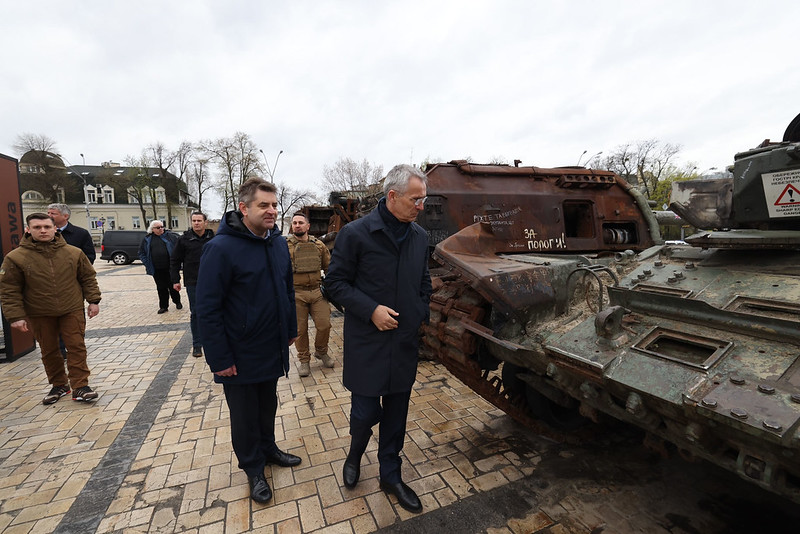
Had Ukraine fallen in three days, as many “experts” predicted in early 2022, Russian forces would now be in Kazakhstan, Moldova, and possibly the Baltic states and Poland.
Given that Ukraine has the only European army that is both motivated and battle-hardened enough to resist Russia, admitting Ukraine would undoubtedly bolster NATO’s military capabilities.
While some might argue that such a move would force the Kremlin to respond, it is highly unlikely to use nuclear weapons. The USSR posed a much greater nuclear threat, yet the West did not surrender to Soviet blackmail. As German Chancellor Konrad Adenauer put it in 1961, while the nuclear threats “directed from time to time against one or other of the NATO partners” were dangerous, the “Soviet government must know that by any such blow, it would touch off a counter-blow by which it would be annihilated.”
The USSR posed a much greater nuclear threat, yet the West did not surrender to Soviet blackmail.
Was there truly zero probability of the USSR using nuclear weapons? Certainly not. But Western policymakers at the time understood that giving in to extortion would increase the likelihood of such an attack, not lessen it.
The Kremlin is financing terrorism, engaging in disinformation campaigns, fueling domestic conflicts, meddling in the elections of democratic countries, and reportedly planning a sabotage campaign across Europe.
Unfortunately, Western democracies have been too slow to accept reality. While political leaders debated whether NATO “provoked” Putin and whether they should allow Putin to “save face,” China and Russia have deepened their “no limits” military partnership and formed an “axis of upheaval” that is now threatening to undermine the US-led international order.
In 1988, then-US President Ronald Reagan explained that NATO is not about “today or tomorrow” but rather about “what Europe [will] look like in 15 years.” While we cannot predict the future, two things are clear.
If Ukraine falls, Europe could bleed for decades because Russia will not stop in Ukraine. Alternatively, with Ukraine as a member, the alliance could promote peace through deterrence, as it did during the Cold War.
The destinies of Ukraine, Europe, and NATO are inextricably linked. As French President Emmanuel Macron recently acknowledged, “Europe is mortal,” and its demise may already be in sight. The acute threat posed by Russia’s revanchist ambitions underscores the need for urgent action.
NATO members must use the July summit in Washington to invite Ukraine to join the alliance.
Copyright: Project Syndicate. This article was published by Project Syndicate on 21 May 2024 and has been republished by Euromaidan Press with permission.
Related:
- Europe finds its courage to stand up to Russia
- 5 reasons why Russia’s war is to conquer Ukraine, not defend itself from NATO
- Ukraine joining NATO is a matter of when, not if, NATO chief says
- The new strategy NATO needs to avoid a protracted war in Ukraine
- An Alliance deterred by Russia
- Why Ukraine’s battle is crucial for dismantling the global “axis of evil”

